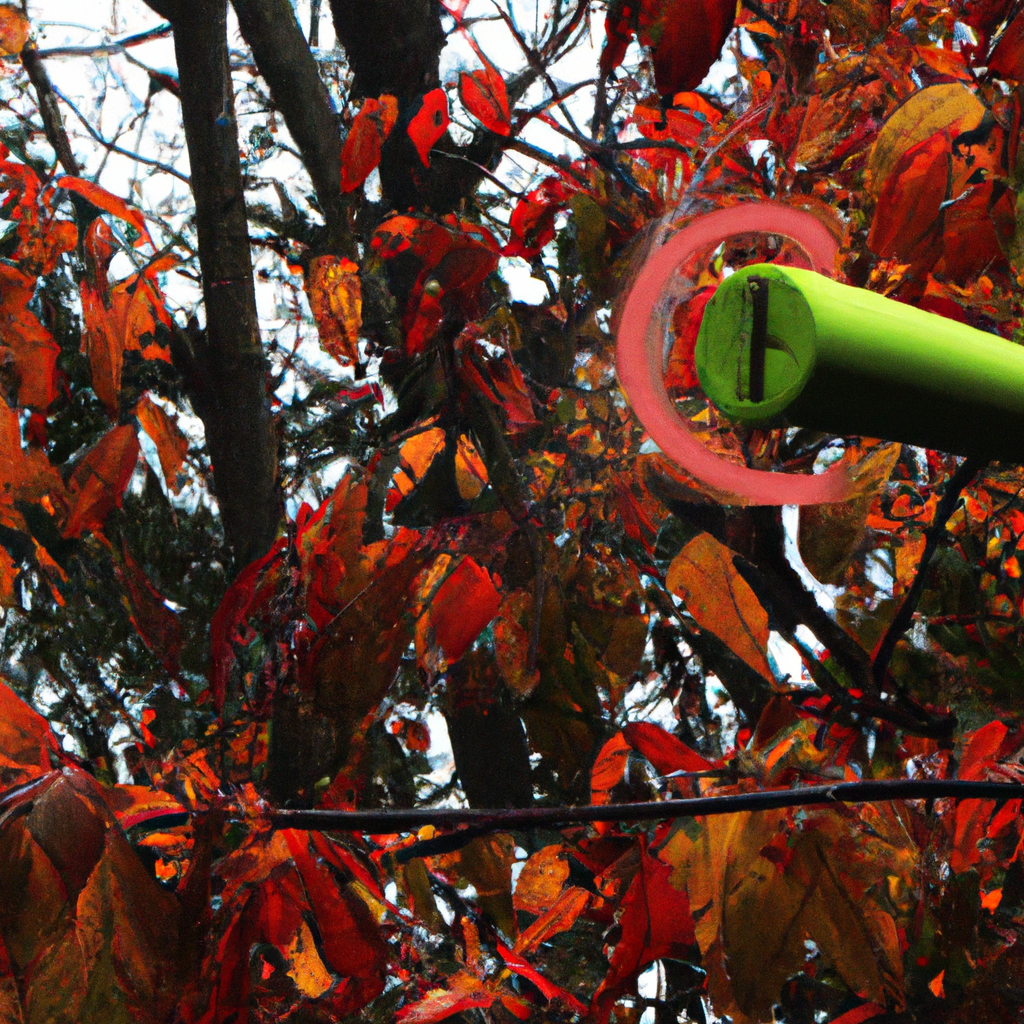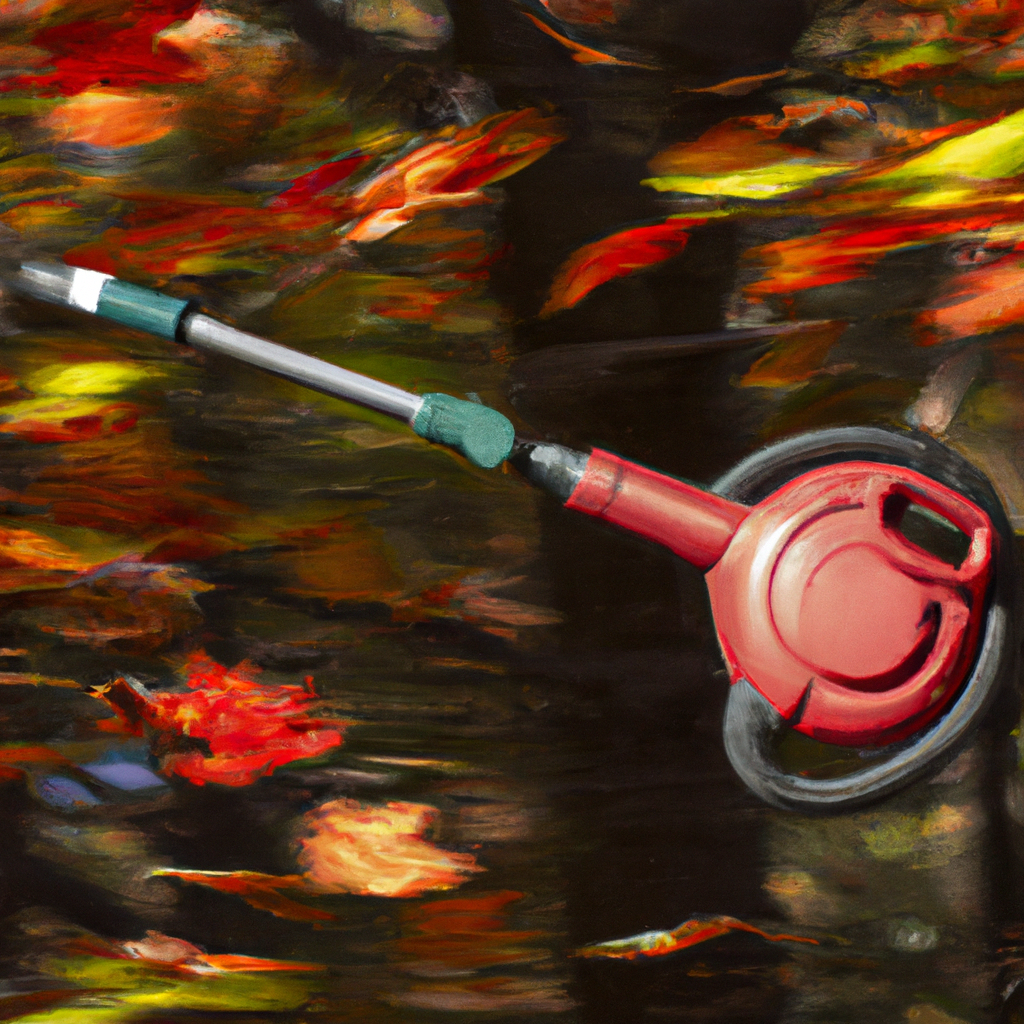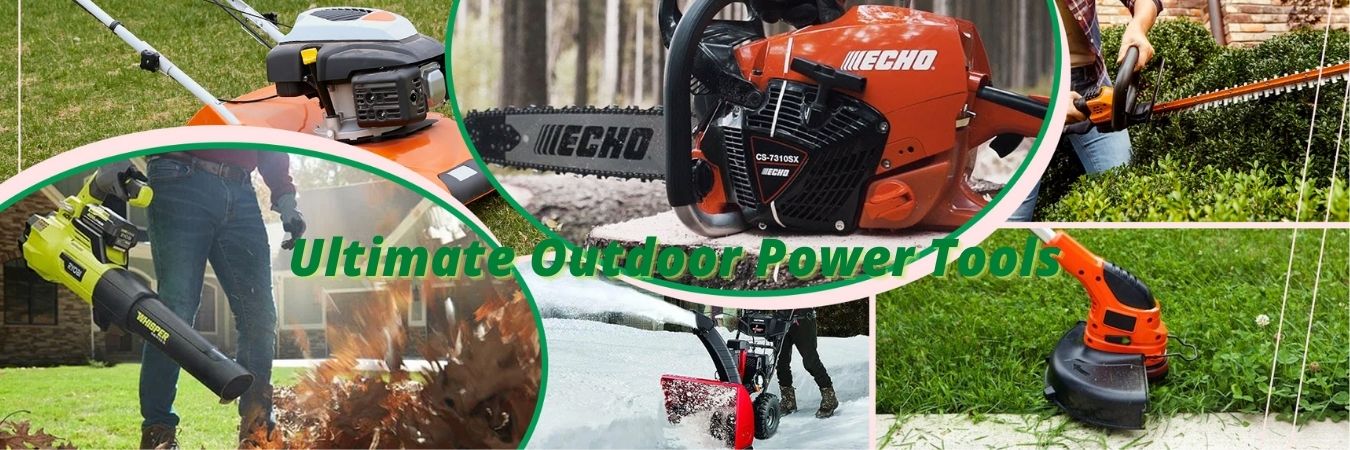We're an affiliate
We hope you love the products we recommend! Just so you know, we may collect a share of sales or other compensation from the links on this page. Thank you if you use our links, we really appreciate it!
Imagine living in a quiet neighborhood where the peaceful hum of nature is interrupted by the growling noise of leaf blowers. You can’t help but wonder just how loud these contraptions can get and how they measure up in the decibel scale. In this article, we will explore the decibel levels of leaf blowers, examining the impact they have on our ears and the environment. So buckle up and get ready to uncover the truth about how loud leaf blowers truly are.

Understanding Sound Level Measurements
Explanation of decibel (dB)
When it comes to discussing sound levels, the decibel (dB) is the unit of measurement that is commonly used. Decibels measure the intensity or level of sound, and it is a logarithmic scale. This means that every 10 dB increase represents a tenfold increase in sound intensity. For example, a sound that is 70 dB is ten times louder than a sound that is 60 dB.
How sound levels are measured
To measure sound levels accurately, sound level meters are used. These devices consist of a microphone that picks up the sound, and the sound is then analyzed and converted into decibels. The measurements are often taken at a distance of one meter from the source of the sound, and the meter provides a continuous reading of the sound level.
Understanding safe noise levels
Excessive exposure to high levels of noise can lead to hearing loss and other health issues. To ensure safety, it is important to understand the concept of safe noise levels. In general, prolonged exposure to sounds above 85 dB can cause damage to the ears. It is recommended to limit exposure to sounds above this level and to use hearing protection when necessary.
Basics of Leaf Blowers
Explanation of what leaf blowers are
Leaf blowers are mechanical devices used for clearing leaves and debris from outdoor spaces such as lawns, driveways, and sidewalks. They work by blowing a jet of air that helps move the leaves to a desired location, making clean-up easier and more efficient.
Different types of leaf blowers
There are three main types of leaf blowers: gas-powered, electric, and battery-powered. Gas-powered leaf blowers are typically more powerful and suitable for larger areas, but they tend to be louder. Electric leaf blowers are quieter, more environmentally friendly, and require a power source. Battery-powered leaf blowers are lightweight, portable, and have the advantage of being cordless, but they may have limited run time.
Typical uses of leaf blowers
Leaf blowers are commonly used for clearing fallen leaves, grass clippings, and other lightweight debris from outdoor spaces. They are especially useful during the autumn season when leaves accumulate in large quantities. Leaf blowers can also be used for cleaning out gutters, drying off freshly washed vehicles, and clearing snow from driveways and sidewalks.
Noise Levels of Different Types of Leaf Blowers
Noise levels of gas leaf blowers
Gas-powered leaf blowers are known for their high noise levels. They can generate noise ranging from 90 dB to as high as 110 dB, depending on the specific model and power output. It is important to take extra precautions, such as wearing hearing protection, when using gas leaf blowers for prolonged periods.
Noise levels of electric leaf blowers
Electric leaf blowers tend to have lower noise levels compared to their gas-powered counterparts. On average, electric leaf blowers produce noise levels between 75 dB and 90 dB. While still relatively loud, electric leaf blowers offer a quieter alternative for those concerned about noise pollution.
Noise levels of battery-powered leaf blowers
Battery-powered leaf blowers generally have noise levels similar to electric leaf blowers. They typically produce noise levels between 75 dB and 85 dB. These leaf blowers offer the advantage of being cordless and portable, making them a popular choice for smaller outdoor spaces.
Factors Affecting Noise Levels in Leaf Blowers
Impact of manufacturer design
The design of a leaf blower can greatly impact its noise levels. Manufacturers can incorporate noise reduction techniques and technologies, such as sound-absorbing materials or mufflers, to minimize noise emissions. Choosing leaf blowers from reputable manufacturers known for their noise reduction efforts can help reduce overall noise levels.
Influence of leaf blower power
The power output of a leaf blower directly affects its noise levels. Generally, more powerful leaf blowers tend to be louder. It is important to consider the specific power needs for the intended use to strike a balance between efficiency and noise levels.
Effect of operational technique
The way a leaf blower is operated can also affect its noise levels. Holding the blower nozzle close to the ground or the surface being cleared can help minimize noise by reducing the amount of air turbulence and redirecting the sound away from the user. Additionally, using the leaf blower at lower power settings when possible can contribute to a quieter operation.

Comparative Noise Levels
Comparing leaf blower noise with other common garden tools
While leaf blowers can be loud, they are not the only garden tools that produce noise. When comparing noise levels, it is helpful to put them into perspective. For example, a gas-powered leaf blower may produce similar noise levels to that of a chainsaw or a lawn mower. Understanding these comparisons can provide a greater understanding of the relative noise levels involved in outdoor maintenance.
Comparing leaf blower noise with common household sounds
Leaf blowers can be noisier than typical household sounds. For instance, the noise level of a gas-powered leaf blower can be equivalent to the noise generated by a busy street or a vacuum cleaner. It is important to be mindful of these noise levels, especially when considering the impact on nearby neighbors or one’s own hearing health.
Comparing leaf blower noise with recommended safe noise levels
Recommended safe noise levels for prolonged exposure typically fall below 85 dB. Gas-powered leaf blowers, with their noise levels often exceeding 90 dB, can pose a potential risk to hearing health if used for extended periods without hearing protection. Electric and battery-powered leaf blowers, with their lower noise levels below 85 dB, are generally considered safer in terms of noise exposure.
Effects of Prolonged Exposure to Leaf Blower Noise
Short-term effects on hearing
Prolonged exposure to loud noise from leaf blowers can cause temporary or short-term hearing loss known as temporary threshold shift (TTS). TTS results in reduced sensitivity to sounds and a feeling of muffled or blocked ears. This can be a reversible condition, but continued exposure without protection can lead to permanent damage.
Long-term effects on hearing
Long-term exposure to high noise levels can have permanent effects on hearing. It can lead to noise-induced hearing loss (NIHL), which is irreversible. NIHL often starts as a loss of sensitivity to high-frequency sounds and gradually progresses to affect a wider range of frequencies. Protection and prevention are crucial in minimizing the risk of permanent hearing damage.
Other health-related impacts of excessive noise
In addition to hearing loss, exposure to excessive noise can have other negative health impacts. It can cause stress, sleep disturbances, cardiovascular issues, and even contribute to mental health conditions. It is important to consider the overall well-being and quality of life when evaluating the potential effects of excessive noise from leaf blowers.
Regulations on Leaf Blower Noise Levels
Local regulations in different areas
Noise regulations regarding leaf blowers can vary by location. Some cities and municipalities have implemented specific regulations to address noise concerns, such as restricting operating hours or enforcing noise level limits. It is essential to be aware of and adhere to local regulations to ensure compliance and minimize noise disturbances.
Federal regulations on noise pollution
In the United States, the Environmental Protection Agency (EPA) sets guidelines and regulations for noise pollution. While the EPA does not specifically regulate noise levels for leaf blowers, it provides guidance and encourages the use of quieter alternatives to minimize noise pollution.
Industry-standard norms
Manufacturers within the leaf blower industry have recognized the importance of noise reduction and have implemented their own industry-standard norms. These norms help establish guidelines for acceptable noise levels and promote the development of quieter leaf blower models. Choosing leaf blowers that meet these industry standards can contribute to a quieter and more environmentally friendly outdoor maintenance experience.
Reducing Noise Levels in Leaf Blowers
Design modifications that can reduce noise
Leaf blower manufacturers continue to innovate and develop design modifications aimed at reducing noise levels. These modifications include the use of sound-absorbing materials, improved aerodynamics, and the integration of noise-reducing technologies. By selecting leaf blowers with these design features, users can minimize noise emissions.
Operational techniques for reducing noise
Users can adopt certain operational techniques to help reduce noise levels when operating a leaf blower. Holding the blower nozzle close to the ground or the surface being cleared can contain the noise and prevent sound from projecting upwards. Additionally, using the leaf blower at lower power settings when conditions permit can contribute to a quieter operation.
Use of noise dampening accessories
Another way to reduce noise levels is by using noise dampening accessories designed for leaf blowers. These accessories, such as mufflers or diffusers, can help reduce noise emissions without compromising the efficiency of the leaf blower. It is worth exploring the availability of such accessories and considering their use to create a more pleasant and quieter outdoor environment.
Alternative Tools to Leaf Blowers
Low-noise alternatives to leaf blowers
For individuals concerned about noise levels, there are alternative tools available that produce minimal noise. For example, manual rakes or brooms are low-noise options for clearing leaves and debris. These tools may require more physical effort, but they offer a quieter and more environmentally friendly alternative.
Manual alternatives to leaf blowers
In addition to low-noise alternatives, manual alternatives to leaf blowers can be considered. These include leaf vacuums or sweepers that rely on manual power to clear leaves and debris. While they may require more time and effort, they provide a viable option for those seeking a quieter and less disruptive method of outdoor maintenance.
Comparing efficiency and noise levels of alternatives
When evaluating alternative tools to leaf blowers, it is important to consider both their efficiency and noise levels. While manual tools may be quieter, they may require more time and physical exertion to achieve the same results as a leaf blower. Assessing the trade-offs between efficiency and noise levels can help individuals make informed decisions based on their specific needs and preferences.
Summary and Recommendations
Overview of leaf blower noise levels
Leaf blowers, especially gas-powered models, can produce significant noise levels reaching over 90 dB. Electric and battery-powered leaf blowers offer quieter alternatives with noise levels generally below 85 dB. It is important to consider noise levels when selecting a leaf blower and to be mindful of the potential impact on hearing health and the surrounding environment.
Guidelines for safe use
To ensure safe use of leaf blowers, it is recommended to limit prolonged exposure to noise levels exceeding 85 dB. Wearing hearing protection, such as earplugs or earmuffs, can help reduce the risk of noise-induced hearing loss. Additionally, following operational techniques that minimize noise emissions and adhering to local regulations can contribute to a safer and more considerate use of leaf blowers.
Recommendations for buyers and users
When buying leaf blowers, it is advised to consider noise levels as an essential factor alongside power and functionality. Opting for electric or battery-powered leaf blowers can provide a quieter experience while still delivering sufficient performance. Additionally, exploring alternative tools, such as manual rakes or brooms, may be worthwhile for those seeking a quieter and more environmentally friendly option for outdoor maintenance.
In conclusion, leaf blowers can be effective tools for clearing leaves and debris, but their noise levels should be taken into account. Understanding sound level measurements, the different types of leaf blowers, and the factors affecting noise levels can help individuals make informed choices. By being aware of the potential effects of prolonged exposure to leaf blower noise, adhering to regulations, and considering noise reduction methods, users can minimize the impact on hearing health and create a more peaceful outdoor environment.

